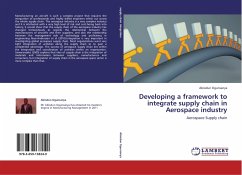Electricity is generated by replacing the usual speed breakers with some simple mechanism. It is very significant to design pollution free energy generation system. Speed breaker Power Generator (SBPG) is the most emerging technique which produces electrical power with minimum input. As vehicles pass over the speed breakers, rack and pinion mechanism works and with the help of high tension springs in turn generate electricity. This method is an effective way to produce electricity as the number of vehicles is ever increasing. It can be effectively placed near toll plazas, parking lots and other locations where density of vehicles is very high. A rack and pinion, spring assembly mechanism is provided which transfer the motion to a DC motor/generator for electricity generation. In this system, a rack and pinions mechanism is used for the production of electricity. When a car reaches on the speed breaker, the rack moves downward to generate linear to rotary motion using pinions. Therotary motion is transferred to DC generator which generates DC power which is stored in batteries same as in solar technology.
Bitte wählen Sie Ihr Anliegen aus.
Rechnungen
Retourenschein anfordern
Bestellstatus
Storno








